Colonial policy of Germany
Germans are sometimes called a nation of colonists. It is enough to recall the German villages in the south of Little Russia, in the Volga region or in the Urals. If we look into the distant past, then Prussia, Silesia, Bohemia, and even part of Transylvania were populated by Germans who moved in the Middle Ages from various German principalities. And what about, for example, the trade expansion of the Hanseatic League, which stretched from Novgorod to Venice? But with all this, I remember that at school we were once taught that one of the reasons for the outbreak of World War I was Germany's desire to redraw the then world map due to its lack of colonies. In fairness, it must be said that Germany did have colonies before World War I. True, they were few in number and very problematic.
We will talk about the history of German colonies and Germany's colonial activities in several notes. And postcards will help us with this, one of which, accidentally appearing in my collection, was the reason for writing this series.
Due to the fact that Germany until the end of the second third of the 19th century was a patchwork of principalities, kingdoms, electors and other margraviates, the centralized European states did not waste time and took over almost all the territories in the West Indies, as well as in Latin and North America, and after numerous wars of independence, by the time of the unification of Germany, they had managed to say goodbye to most of them. The Germans, however, got nothing in those lands. The story of how the banking house of Welsers from Augsburg received Venezuela from the Emperor of the Holy Roman Empire Charles V of Habsburg for debts does not count - the Welsers ruled this colony for as short a time (from 1528 to 1546), as well as unsuccessfully.
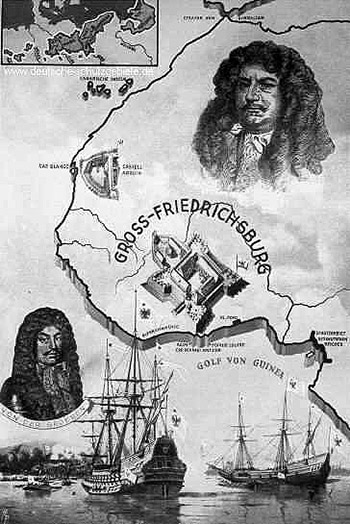
During the period of active development of the slave trade, the Great Elector of Brandenburg Friedrich Wilhelm I (1620-1688) showed interest in colonies in Africa. And here an important role was played by Otto Friedrich von der Gröben (1657-1728), a native of East Prussia, born near Greetings from East Africa. Fort Lamu, Wituland. Wituland was not a German colony for long, as it was exchanged for the island of Heligoland in 1890. Postcard, late 1890s - early 1900s.
Almost immediately after the establishment of German colonies in Africa, it was necessary to organize communication between them and the mother country. The first shipping company to carry out passenger and cargo transportation from Germany to, above all, West Africa was Woermann-Linie (WL), founded in June 1885 by Adolf Woermann. At that time, maritime communication with East Africa was in the hands of the British, so the German government approved Woermann's plan, according to which the Germans were to have their own shipping company. As a result, in July 1890, with a fleet of two ships, the Deutsche Ost-Afrika Linie (DOAL) company was established, linking Germany with its colonies in East Africa.
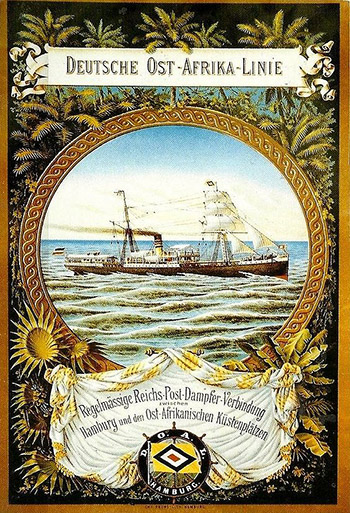
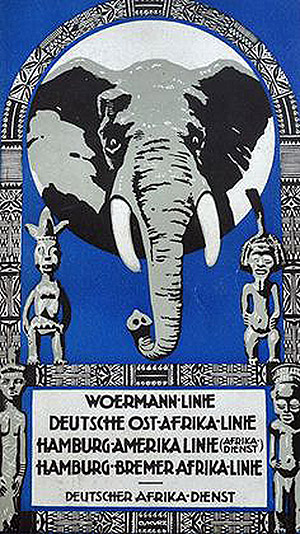
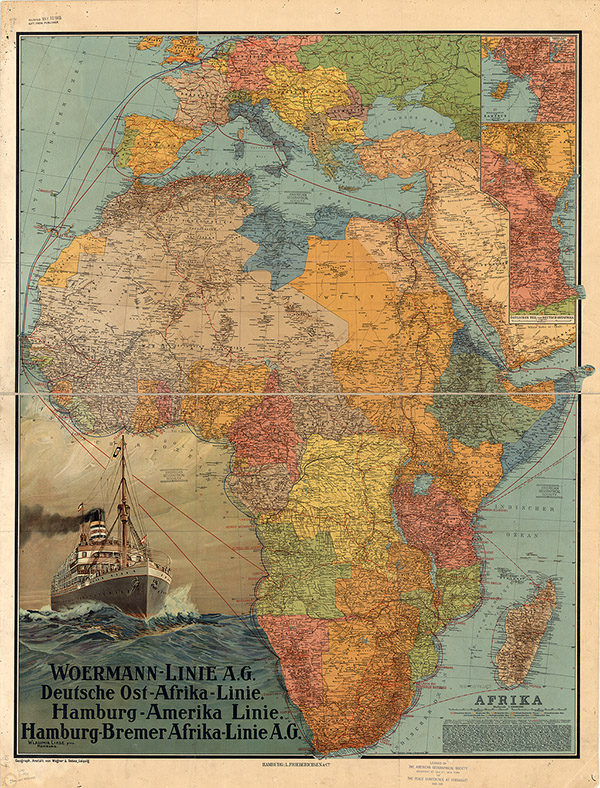
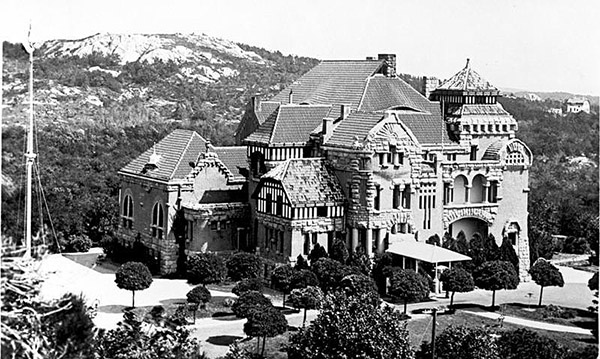
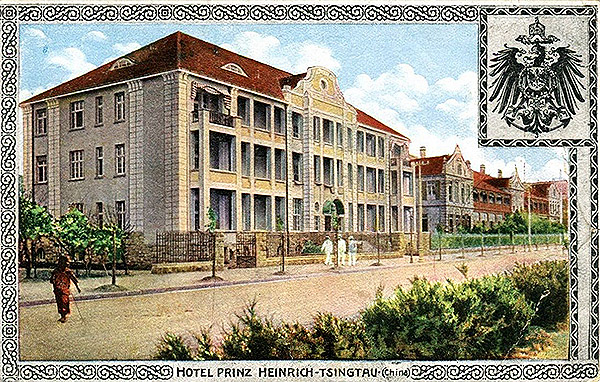
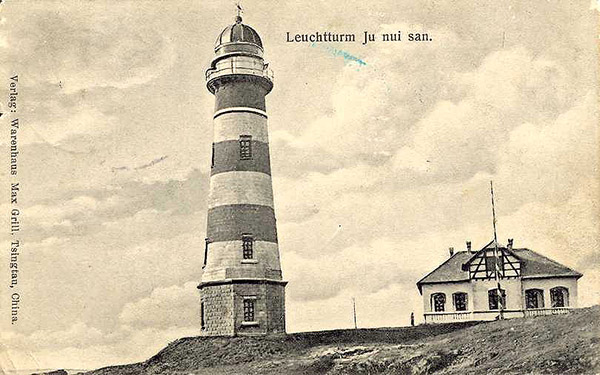
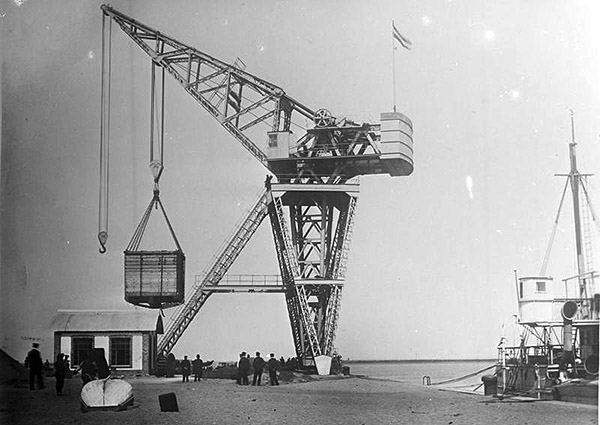
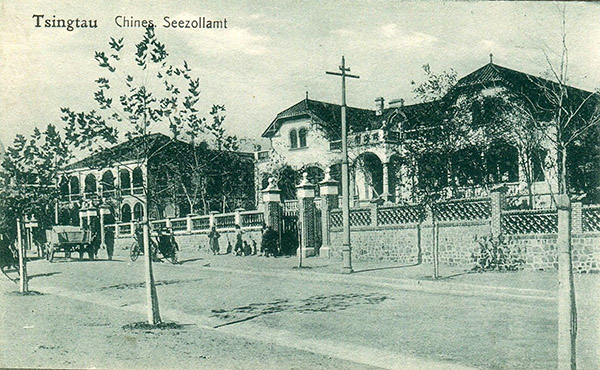
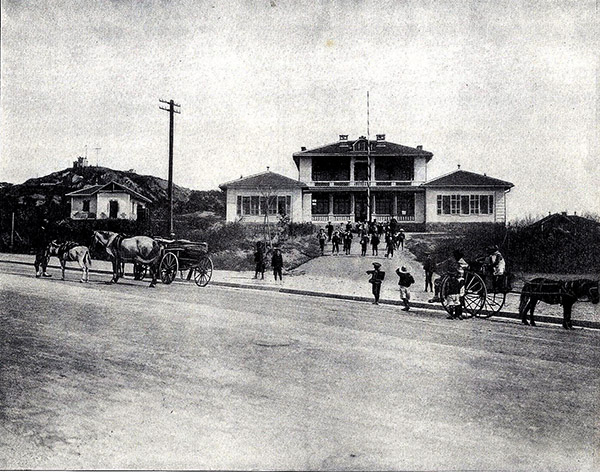
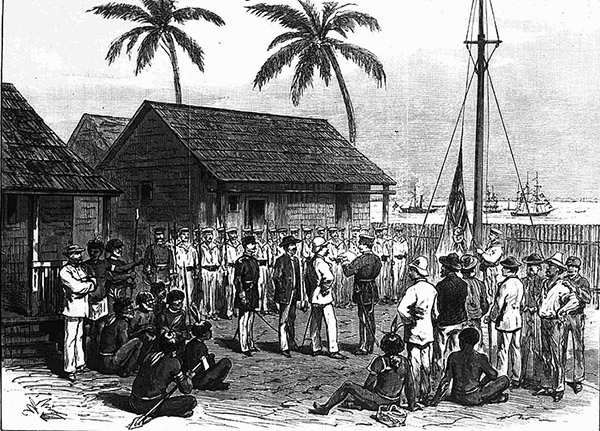
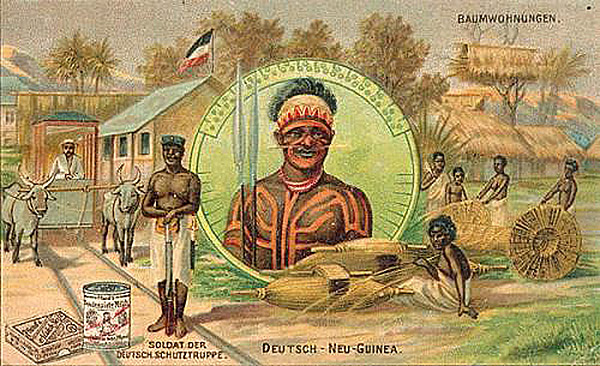
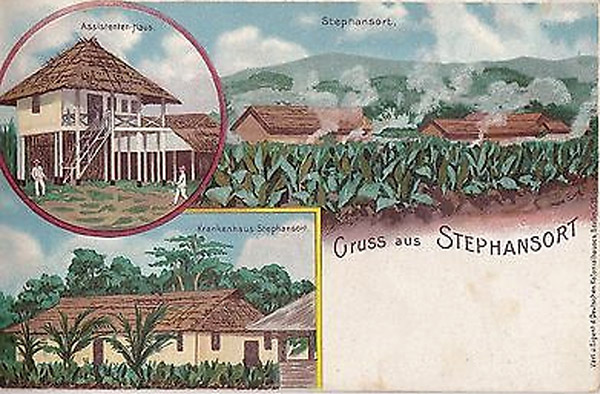
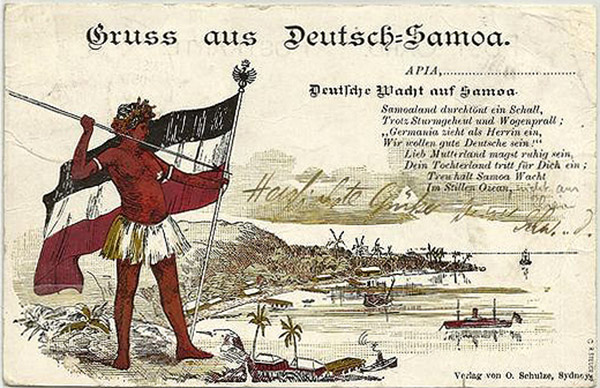
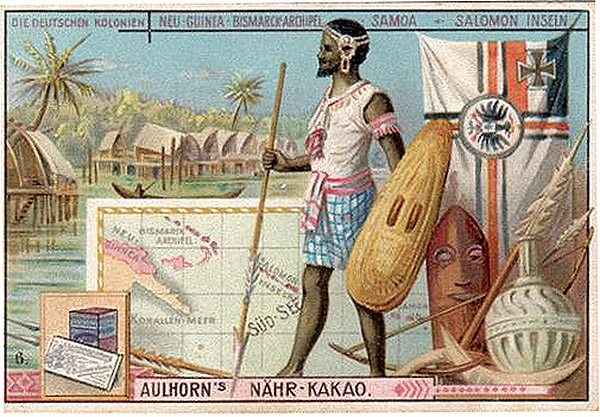
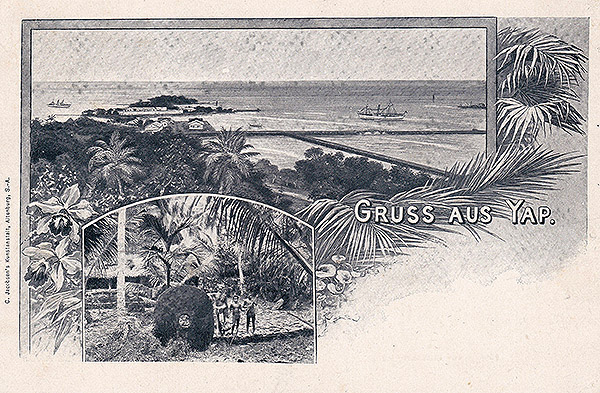
The metropolis also did not forget that somewhere far away, beyond the seas and oceans, the Reich had lands. In various cities of Germany, exhibitions of "achievements of the colonial economy" were regularly held, where respectable burghers were shown the life of the natives and were offered overseas goods.
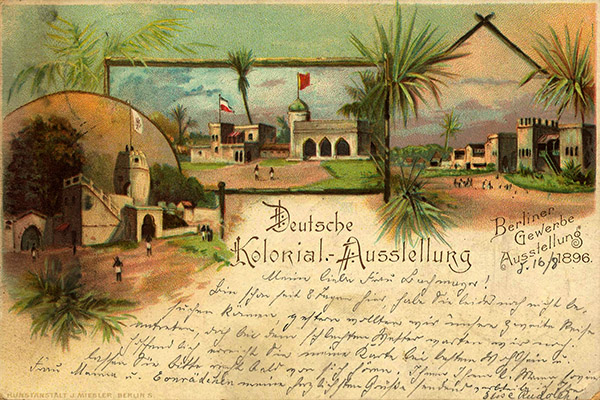
As already mentioned, both the Weimar Republic and the Third Reich supported revisionist sentiments regarding the colonial past. People were reminded that Germany once had a place in the sun not only in Europe. To this end, books were published, films were made, the discoverers of overseas lands were honored, and monuments were erected to soldiers who died in the colonies. But most importantly, almost every godforsaken village had a shop selling “colonialist goods.”
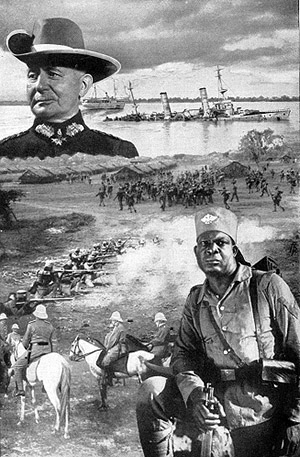
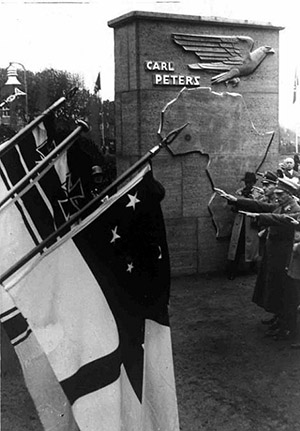
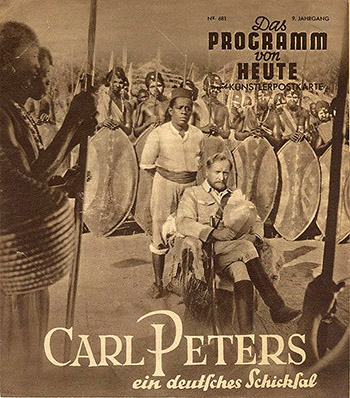
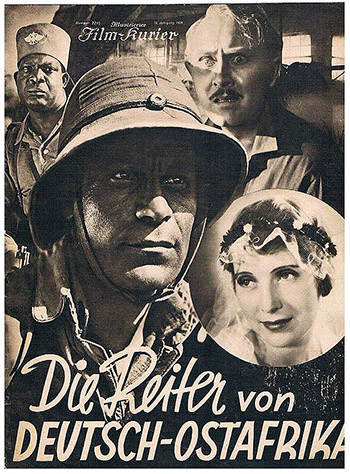
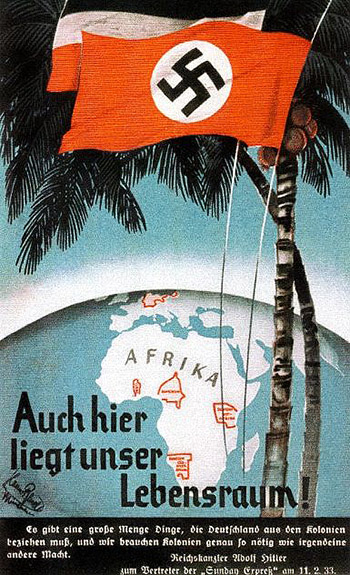
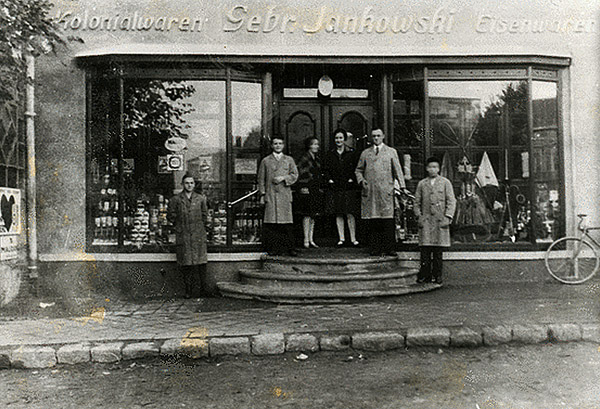
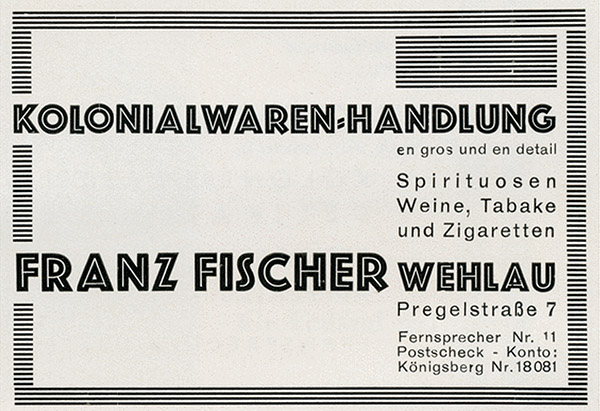
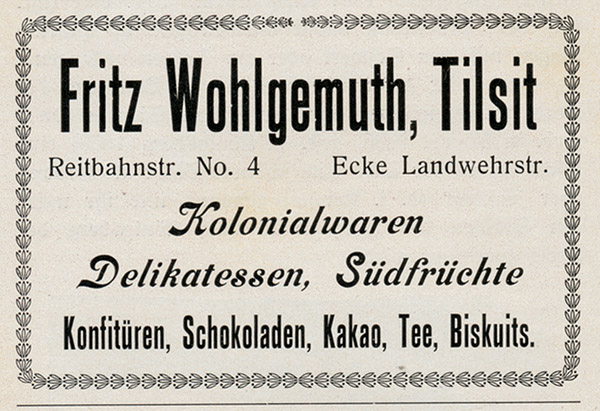
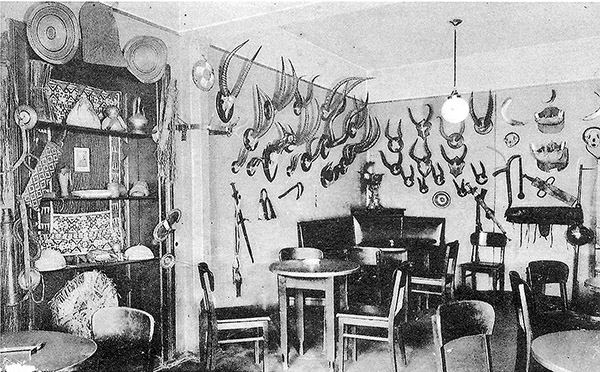
Monetary system of the German colonies
Let's talk briefly about how the monetary system was organized in the German colonies. It is important to understand that by the time the German protectorate was established over certain territories, different currencies were already in circulation there. In Togoland and Cameroon, English pounds, French francs, and Maria Theresa thalers (the so-called "convention thalers") were in circulation. In Southwest Africa, the English pound was in circulation, and in the Pacific Islands, the pound and dollar were used for settlements. In East Africa, the conventional thaler and the Indian rupee were the monetary units. The monetary unit of the German Empire, the gold mark, introduced in 1871, was also used in the colonies. At first, in West and Southwest Africa, as well as in Samoa, an exchange rate of the mark to the pound, thaler, and dollar was introduced, and these currencies circulated together. Gradually, in Togoland, Cameroon, South West Africa and Samoa, only the stamp remained in circulation.
In German New Guinea, the gold mark was used from the very beginning of the German protectorate, but in 1894 the New Guinea mark, equivalent to the gold mark, was introduced. It was issued, for a very short time and in small quantities, by the Deutsche Neuguinea-Kompagnie. The reverse of the New Guinea coins in denominations of 10 pfennig, 1/2, 1, 2, 5, 10 and 20 marks depicted a bird of paradise. With the introduction of the New Guinea mark, the circulation of foreign money was prohibited. Minting of the New Guinea mark ceased in 1899, and in 1911 it was demonetized.

In German East Africa, the East African rupee began to circulate in 1890, with the right to mint it granted to DOAG. Initially, the East African rupee was equal to the Indian rupee and was equal to half a thaler and a dollar. Since 1896, the circulation of the thaler was prohibited. In 1904, the circulation of the Indian rupee was also abolished (although in fact it continued to be used for some time). At the same time, the East African rupee became equal to 100 hellers (before that, like the Indian rupee, it was equal to 64 peza). In addition, the inscription Deutsch-Ostafrikanische Gesellschaft appeared on the coins. The German rupee circulated until 1916, and in Tanganyika - until 1920. The German East African Bank (Deutsch-Ostafrikanische Bank), located in Dar es Salaam, was granted the right to issue banknotes in denominations of 5, 10, 50 and 100 rupees starting in 1905, and 500 rupees starting in 1912.



Jiaozhou, which was supposed to create a kind of showcase through which huge China would look at Germany, also had its own money. But the coins of two denominations - 5 and 10 cents - did not play any influence on the local economy or on the attitude of the Chinese themselves to German money.

The outbreak of World War I brought significant confusion to the German colonies. In some places (for example, in the Pacific Ocean) everything ended rather quickly, and in 1914 the Reich lost everything that had been acquired by backbreaking labor. In Africa, the Germans floundered for some time. And at that time (it is necessary to understand that the allies - the British first of all - in addition to the land offensive, managed to arrange a naval blockade of all German African colonies) the Germans began to have financial problems. Money began to depreciate, but that was half the trouble: there simply wasn’t enough of it. Then the local administrations in German Cameroon and East Africa decided to start issuing money directly in the colonies (before that, all money was issued at mints in the metropolis).
In Cameroon, the so-called "Cameroon marks" were issued - banknotes of different colors in denominations of 5, 50 and 100 marks. In German South-West Africa, paper money in denominations of 5, 10, 20, 50 and 100 marks was also printed in August 1914.




In German East Africa, after the war began, the colonial administration moved from Dar es Salaam to Tabora, the second largest city in the colony, away from the British naval guns. In 1916, Tabora got its own mint. The governor is said to have called in local engineer Friedrich Schumacher and told him: “We need gold coins. We have no silver, but we have plenty of gold.” Then, picking up a thick volume of an encyclopedia from the table, he added: “Here is all the knowledge needed to mint money.” The result was the appearance of gold coins with a denomination of 15 rupees.

Well, the last thing that can be added, speaking about the money of the German colonies: even after the colonies were captured by the enemy, the occupation authorities used the mark as a unit of payment for some time, and even organized its issue themselves.
Next we will talk about the German colonial troops and how the colonial post was organized.
Sources:
WH Sandler “Colonizers Are Born, Not Made”: Creating a Colonialist Identity in Nazi Germany, 1933-1945. — Dissertation for PD degree. Duke University, 2012.
Wikipedia
www.bundesarchiv.de
www.bildarchiv-ostpreussen.de
www.pinterest.com
www.coinsweekly.com
www.bismarcktuerme.de
